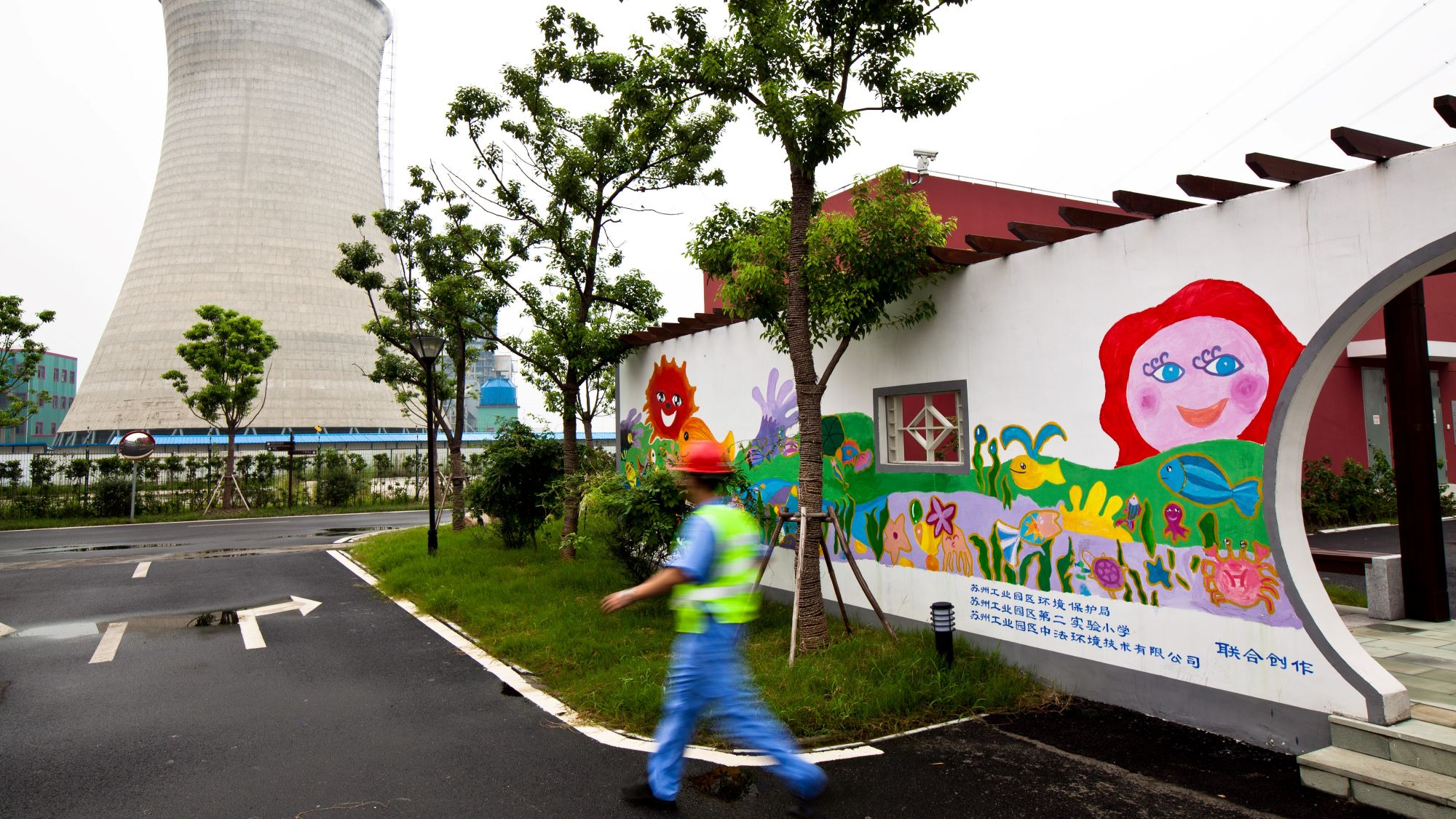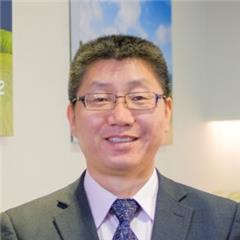SUEZ Strengthens Sludge Disposal and Recycling Capacity in China’s Yangtze River Economic Belt
The Yangtze River basin is home to one third of China’s water bodies and cities. Cities around this area account for 50% of China’s GDP. Along with rapid economic growth, the area has also seen a tremendous increase in waste streams generated by the growing population and industrial production. This continued growth has a heavy impact on an already fragile environment.
SIP project: A Model of Industrial Synergies and Recycling
SIP’s economic output rose 6% year-on-year in 2020. This is a strong testament to China’s ultra-resilient economy. As the provider of sludge disposal and recycling, as well as hazardous waste disposal services in the park, SUEZ commissioned a sludge disposal and recycling plant in 2011.
This facility has a current daily capacity to treat 600 tonnes of wet sludge generated from the park’s wastewater treatment plant, converting the sludge to an inert substance, reducing its volume, stabilizing its properties and recycling it into valuable resources. The project has been running, uninterrupted, for 10 years.
More importantly, the sludge drying plant combines seamlessly with cogeneration and wastewater treatment plants and realizes strong industrial synergies. Using a recycling and zero-discharge model, the sludge is converted into resources, thereby effectively mitigating climate change. To date, the project has produced about 300,000 tonnes of dry sludge, equivalent to 110,000 tonnes of standard coal, from power plants. It has reduced CO2 emissions from coal combustion by 280,000 tonnes, saved 756,000 cubic meters of demineralized water and freed up 100 hectares of land that otherwise would have been used as a sludge landfill. The project also leads the industry in terms of operational stability and energy efficiency. It consumes only 0.63 tonnes of waste heat steam per ton of wet sludge treated (40% less than other, similar processes).
The SIP project received the France-China Committee’s Climate Change Solutions Innovation Award. It also has become a model of third-party environmental solutions in China and has been recognized as a Circular Economy Demonstration Project in Jiangsu Province.
Expanding Yangzhou’s Sludge Disposal Project to Improve City’s Living Environment
SUEZ successfully replicated the SIP project in Yangzhou in 2016, and recently began construction on Phase II of the project*. Upon completion of this phase, the plant will have an additional treatment capacity of 200 tonnes per day, to meet the fast-growing demand for sludge treatment and disposal. With the commission of Phase I and Phase II, the combined daily treatment capacity of the plant will reach 500 tonnes.
On the occasion of the 10th anniversary of SUEZ’s sludge disposal and recycling project
in the Suzhou Industrial Park, leaders from the Park visited the plant.
* Invested, built and operated by Yangzhou Sino French Environment Company, a SUEZ joint venture.
** The 11 cities (Chengdu, Chongqing, Wuhan, Nanchang, Nanjing, Yangzhou, Suzhou, Taizhou, Changzhou, Nantong, and Shanghai) make up 57.8% of the 19 provinces and cities in the Yangtze River basin.


